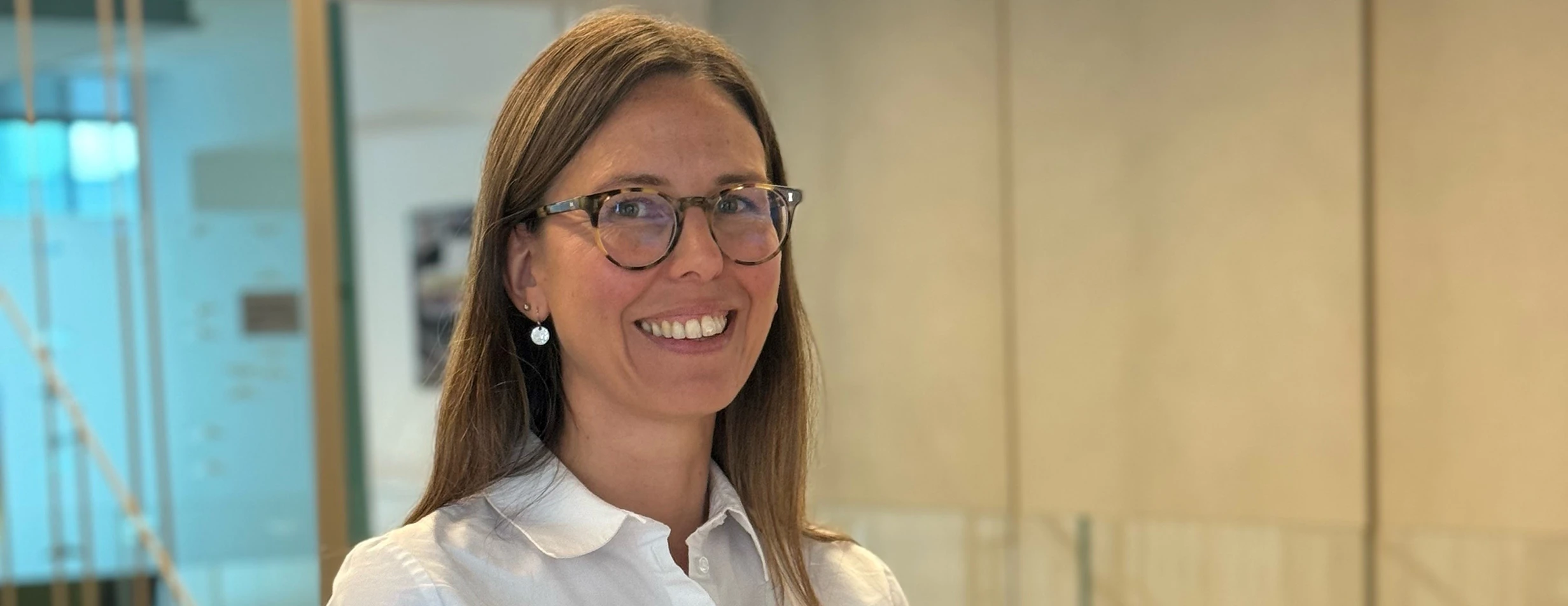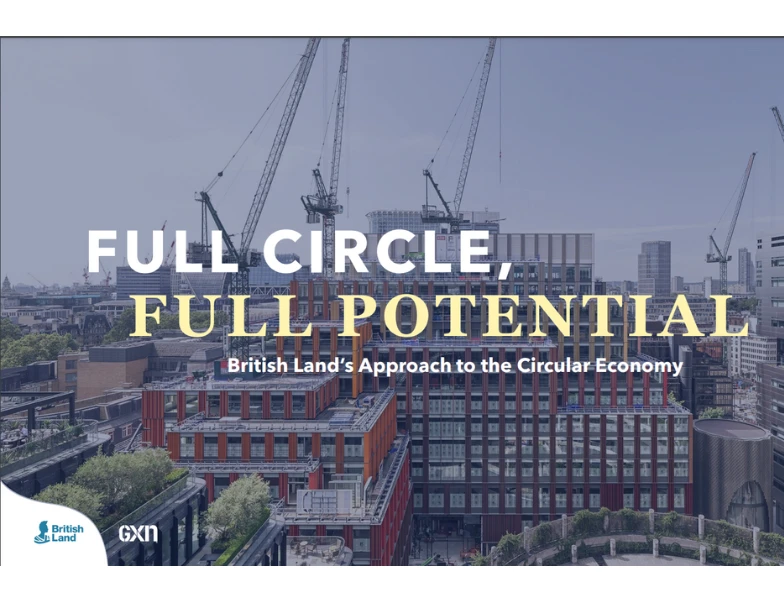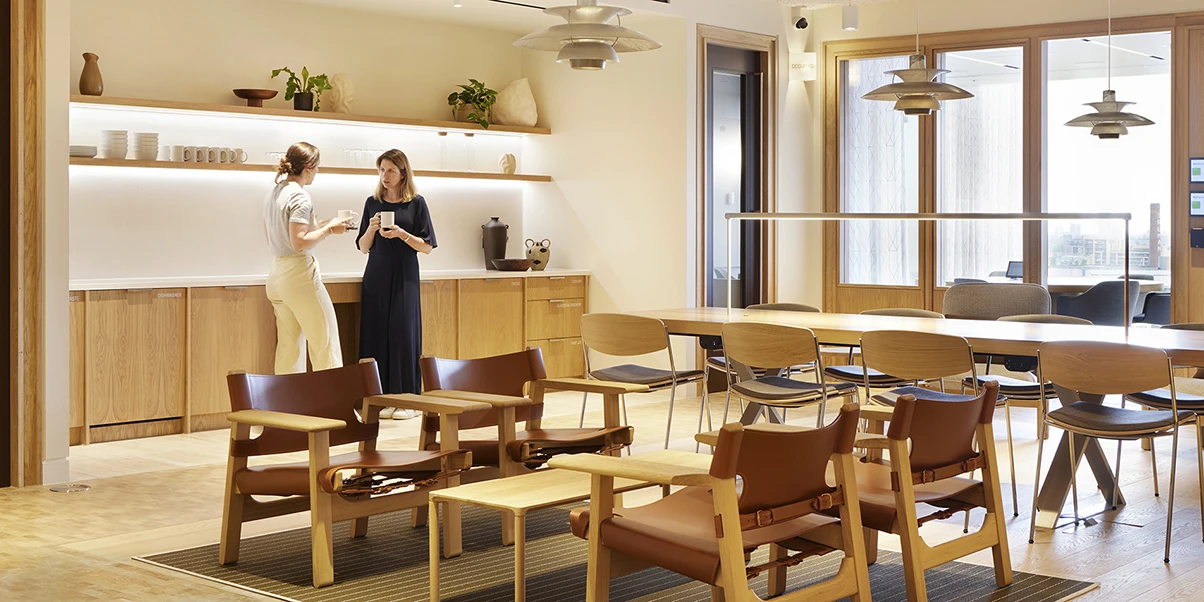The circular economy aims to eliminate waste by keeping materials in use for as long as possible. This is the right thing to do. It’s also a crucial part of real estate’s future – reducing our impact on the natural world, safeguarding resource availability long term and meeting decarbonisation targets. As circularity becomes more valued, it will drive wider adoption in creating exceptional spaces, amplifying its benefits and reducing the built environment’s carbon footprint.
As a sector, the built environment uses a lot of resources and generates waste, so it makes sense for us to keep materials in circulation for as long as possible. However, this is easier said than done. It often costs more – and takes longer – to carefully deconstruct a building than to demolish it. The industry supply chain and skills are fast emerging, but more progress is needed to deliver circular solutions at the scale and pace needed. British Land is working hard to drive change.
Our starting point is ‘How much can we retain?’
Our development approach starts with considering what materials and structure can be retained, reused and upcycled in existing buildings. This is a great way for us to create the spaces that customers need today, with a lower embodied carbon footprint. It also leverages our influence across our supply chain.
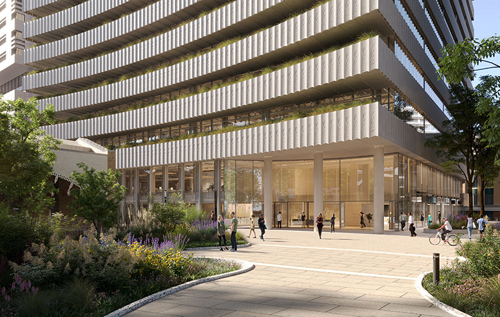
Building on our earlier circularity successes, such as 1 Triton Square, Regent’s Place, and 100 Liverpool Street, Broadgate, we’re looking to retain 75% of the existing structure at 1 Appold Street, Broadgate. Before deconstruction, we worked with partners to complete a full material audit on site. This has already led to us redirecting 345 tonnes of materials for reuse, saving over 1,300 tonnes of CO₂e. I hope that one of the many reasons businesses choose to move into this fantastic space is that it comes with a positive circularity story.
Full Circle, Full Potential
Last year, we launched our ‘Full Circle, Full Potential’ guide, setting out a standardised approach to circularity for all our developments. Developed with 3XN/GXN, this guide details our approach at every stage of the property lifecycle – from prioritising retention and reuse at the outset, through design and construction, passporting materials so we know exactly what’s there, into operational use and, ultimately, deconstruction. In creating our guide, we drew on lessons from across our projects, as well as the circular economy policies of planning authorities, such as the Greater London Authority.
Our ambition is to drive the circular economy forward across the wider industry, so we’ve made this guide publicly available. Feedback has been positive and we’ve already heard of others who are keen to adopt some of the principles. A circular built environment requires deep collaboration across the sector.
Keeping The Conversation Live
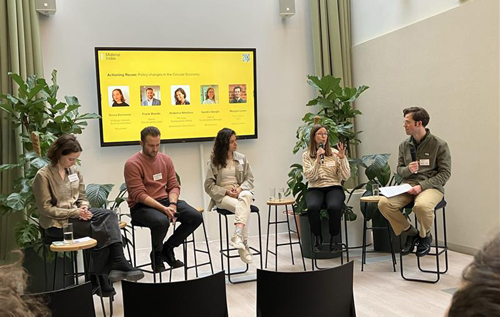
As part of our efforts to spread the word, I recently joined an interesting panel discussion, led by Material Index, on how London developments can embrace circular economy thinking. This brought together different perspectives, with panellists from British Land, GPE, ReLondon and Westminster City Council.
Together, we explored how to unlock the barriers for retention and reuse, the role of policy and circularity metrics, being open about both failures and successes to accelerate improvement, and the importance of collaboration across the supply chain.
We welcome conversations with customers who are keen to fit out their space considerately. We’ve had some real successes with circular fit outs, including our own recent head office fit out, refurbishing existing materials and furniture to look and perform as good as new, and incorporating bio-based materials.
At Exchange House, Broadgate, we created beautiful ‘new’ flooring by upcycling 1980s floor tiles, which looked very much of their time, extending their lifespan by decades.
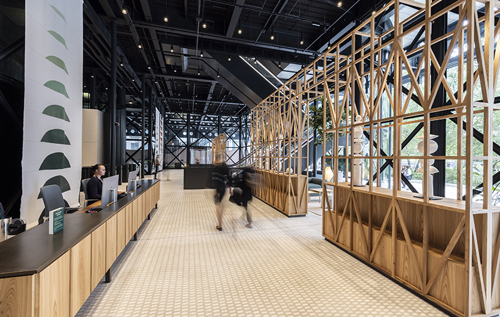
Key Downloads
Explore our 2030 Sustainability Strategy: Greener Spaces, Thriving Places, Responsible Choices: www.britishland.com/sustainability


